Guest Blogger John Lincourt gives the Sigma 100-400mm F5-6.3 DG OS HSM | Contemporary lens a field test shooting yacht racing off Newport, Rhode Island
I consider myself very lucky to live near Newport, Rhode Island which has a rich sailing history and continues to have a very active sailing community that attracts world class events. This year I’ve been able to shoot two regattas with some very majestic yachts. The 1st regatta was the Candy Store Cup Maxi Yacht Regatta which assembled a variety of yachts from 76 ft all the way to 170 ft. In length. The second regatta was the J Class World Championships. 6 of these 140+ ft yachts were in Newport for the event. These magnificent yachts raced for the America’s Cup back in the 1930’s, and the resurgence of the class has given rise to some epic racing events in the Med, Bermuda and here in Newport.
My lens of choice to shoot both events was Sigma’s new 100-400 f/5-6.3 DG HSM OS Contemporary lens. Because I shoot from a chase boat, I don’t have the luxury of using a tripod or even a monopod to stabilize my lens. Even the 150-600 C which at four and half pounds and just slightly larger in size can be tough to handle as the wind picks up and my chase boat starts bobbing around like a toy boat in a bath tub, so the light weight and compactness of the new lens is definitely an advantage.
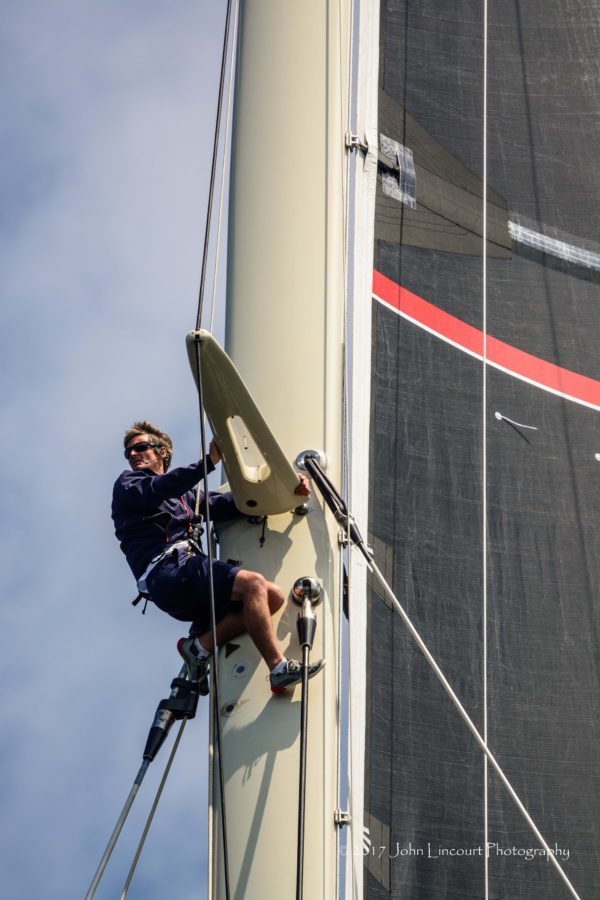
Since my shooting platform is far from stable even in the best of conditions and the boats I’m shooting are moving in all directions, ideally, I need something that’s light and compact. The ability to quickly point the camera at a new subject that is in the exact opposite direction than you were just shooting, adjust the zoom & refocus can easily be the difference between getting the shot of a lifetime and totally missing out!
I shoot with a Nikon D7100 which is Crop Sensor camera, (DX camera). The 100-400mm on my DX camera translates to a full frame equivalent of 150-600mm using the 1.5x crop factor of my Nikon cameras (160-640 for Canon 1.6 crop factor).
Although I like to take advantage of the reach of my 150-600mm lens to get details on the boats, and to get closeups of crew grinding winches, climbing the mast or even just hanging off the side of the boat, most shots I take during sailing events land squarely in the 100 and 400 mm range of this lens.
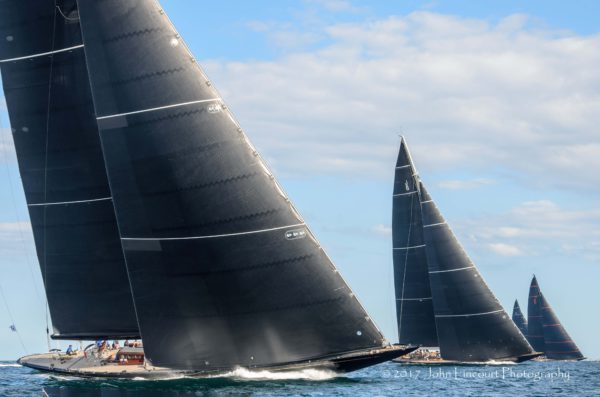

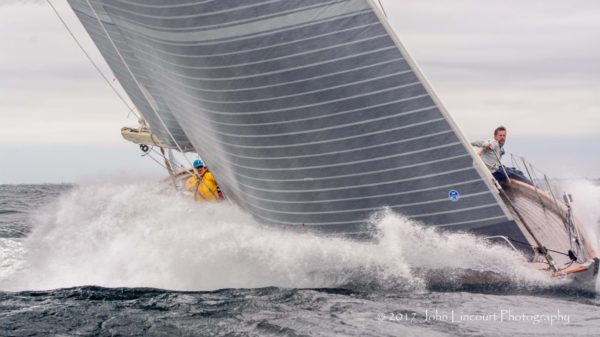
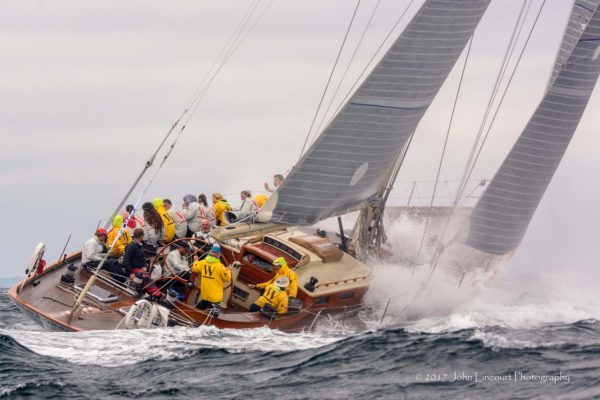
One of the features of this lens that I got used to really quickly was the ability to zoom using a push/pull motion as opposed to rotating the zoom ring. Of course, the zoom ring is there and works well too. Having the ability to push/pull to zoom really speeds up zooming this lens.
A lens that doesn’t track and focus quickly has no place in a sports photographer’s gear bag. What I found out about this lens is that it is quick at focusing and once it locks on to a subject, it doesn’t let go. Granted, the sailboats I was shooting don’t travel at the speed of an F1 racer, but considering all the movement that was going on between me, the boat and the water, I think the lens did a great job.
The lens has a focus toggle switch that allows you to choose between full range focus, 0-6 meters and 6 meters to infinity. Most of the time I kept the focus toggle switch at 6m-infinity, so if an errant wave jumped up in front of me the lens wouldn’t try to focus on the wave. Yes, waves got between me and my subjects several times and I’m very happy with the results.
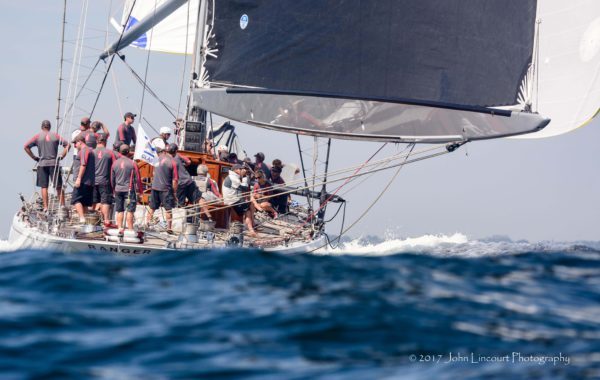
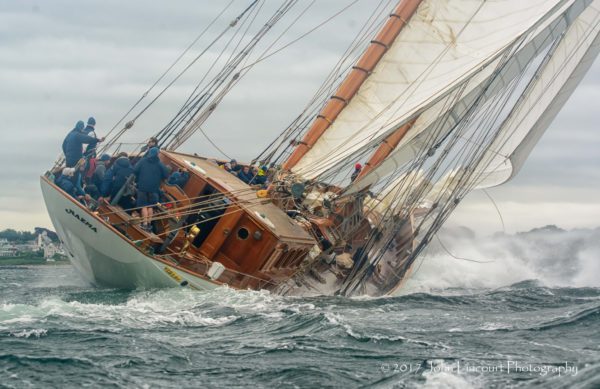
I not only found that the focus was really good right out of the box, but this is a really sharp lens too.
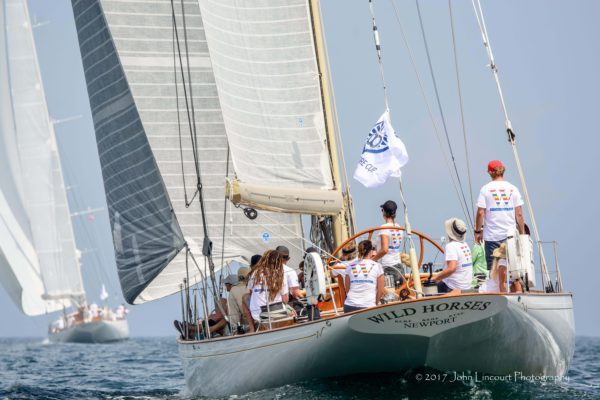


Rounding out the features that make this lens worth a serious look are 2 items. This lens has the Hyper Sonic Motor (HSM) making it compatible with entry level cameras that don’t have a focus motor built in, and it has Sigma’s stellar Optical Stabilization (OS) system.
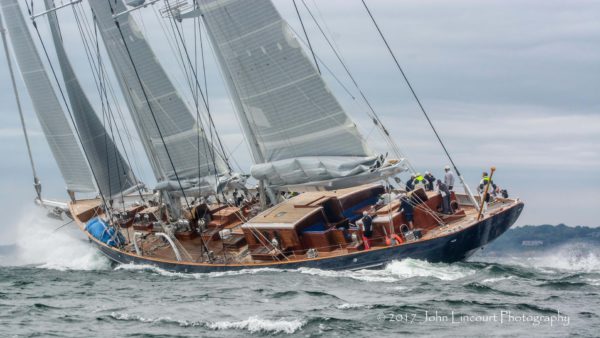
Is there anything I don’t like about this lens? I do have 1 minor complaint. The bank of switches that control the focus selection, OS & program mode are just a little bit high. Several times I found that I had inadvertently knocked the switch for focus ranges to 0-6ft. It was an easy annoyance to fix with a small piece of tape when working at a distance, to ensure I wasn’t swapping unintentionally to close focus.
To wrap up this post, there are a lot of things in the plus column only 1 in the minus:
Pros
It has a great zoom range
It’s built like a tank
It’s light & compact
Push/Pull zoom option
It has a great OS
It’s really sharp
It focuses quickly and holds focus on moving objects
It’s compatible with the Sigma USB dock
It is compatible with both FX & DX lenses
It’s compatible with entry level cameras that don’t have a built in focus motor
Cons
The placement of the bank of control switches
All in all, this lens is a winner for light weight, long-reach photography.

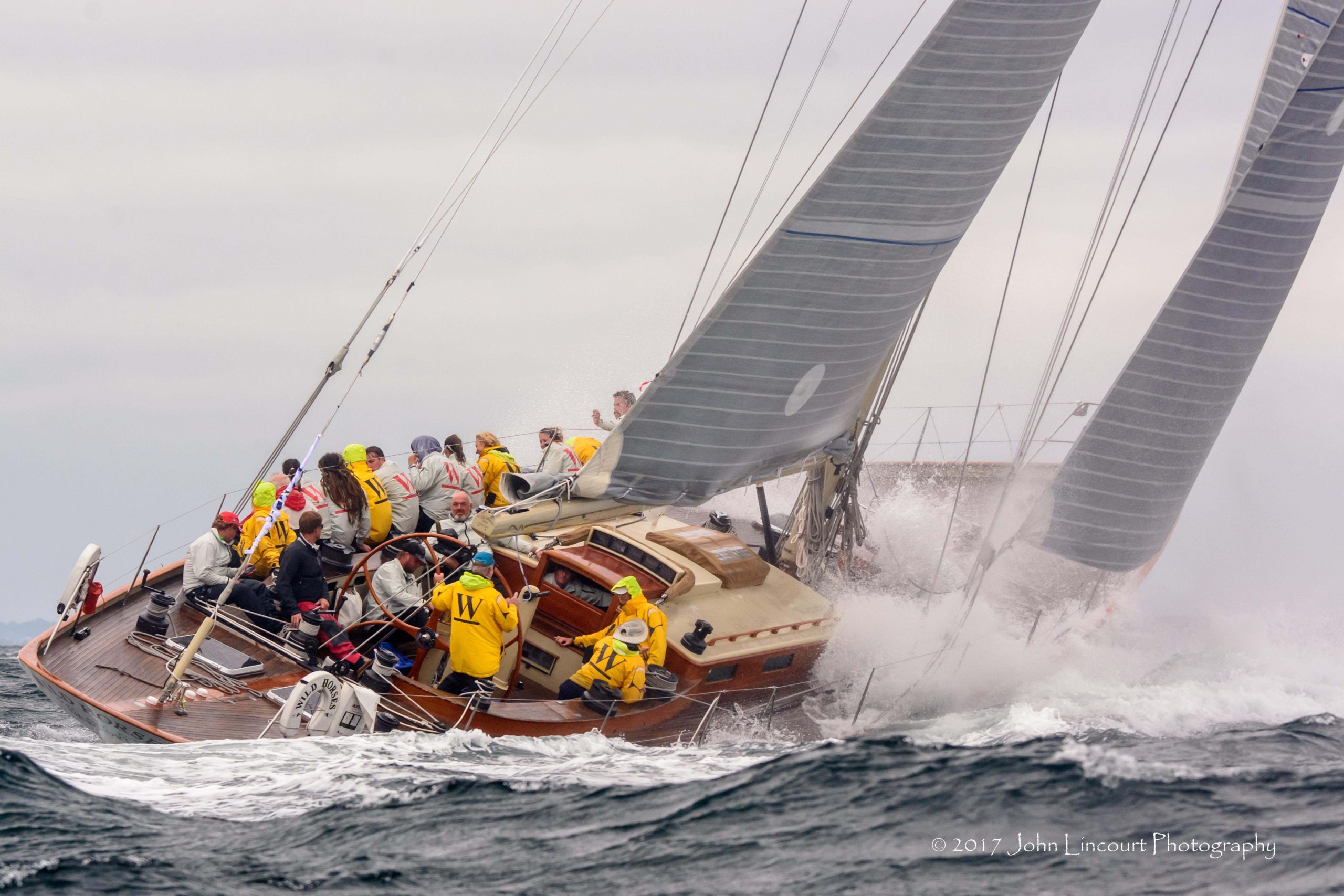
Awesome read and grateful for the post. It takes some real talent to be able to photograph sailing from the water and John Lincourt clearly has it. Especially with his choice in lenses!
Great post JL. Well done!